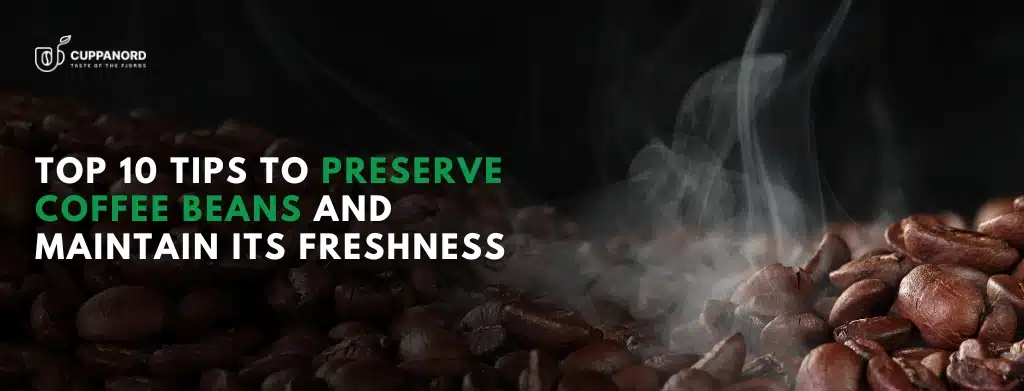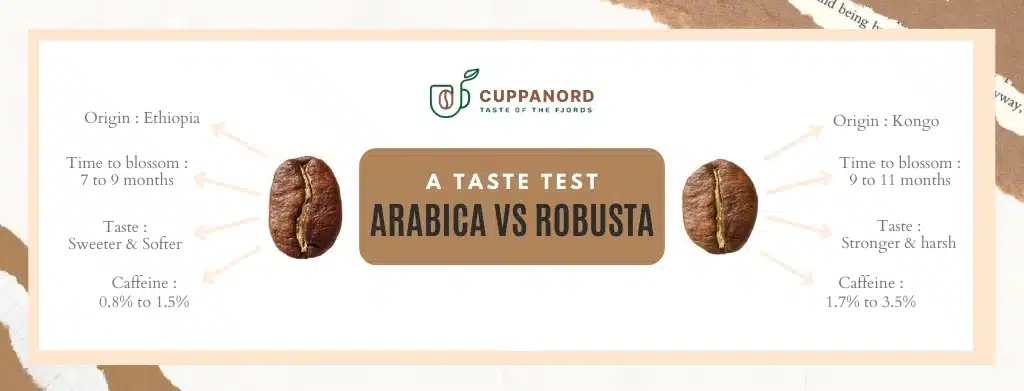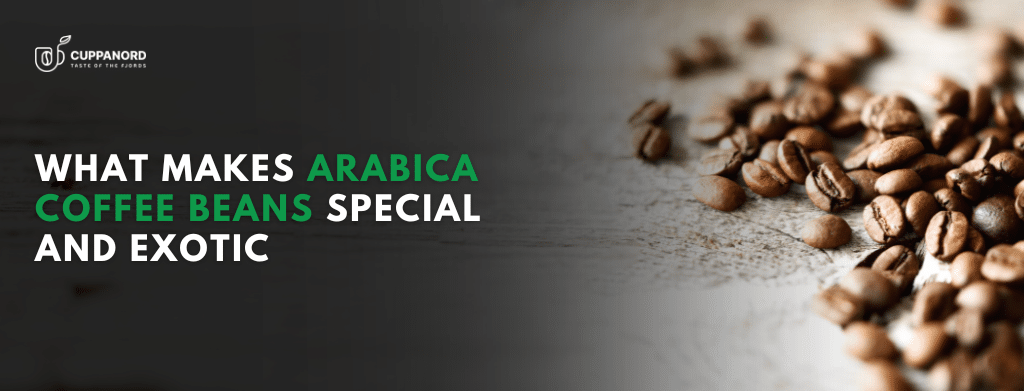Coffee beans transcend being a simple morning pick-me-up; they encapsulate culture, flavor, and boundless potential. Whether you consider yourself a seasoned coffee enthusiast or a newcomer to the world of coffee, exploring the different bean varieties, their distinct flavors, and versatile applications can enhance your coffee appreciation. Embark on a flavorful exploration with us and uncover the diverse and dynamic universe of coffee beans. Grab your preferred brew and relish each sip as we delve into this enriching journey together.
The Different Varieties of Coffee Beans
When discussing coffee, there are primarily two types of beans to consider: Arabica and Robusta. Each bean has unique characteristics that set it apart.
Arabica
Arabica beans are commonly the spotlight in the coffee industry due to their smooth and slightly sweet taste. These beans are generally featured in premium coffees and are cultivated in regions such as Central and South America, as well as parts of Africa. Arabica beans flourish in elevated terrains with abundant rainfall. Known for their delicate flavors, which frequently include hints of fruit or flowers, Arabica beans are highly favored by coffee enthusiasts.
For brewing, Arabica beans are ideal for methods that enhance their subtle flavor profiles, such as pour-over, drip coffee, and cold brew. If you have a discerning palate for coffee, Arabica beans should be your top choice.
Robusta
Robusta beans, in contrast, offer a powerful punch in terms of flavor and caffeine levels. Known for their intense bitterness and higher caffeine content, these beans are predominantly cultivated in Africa and Southeast Asia. Their resilience surpasses that of Arabica beans, resulting in a more cost-effective production process.
Robusta beans are perfectly suited for espresso blends and instant coffees, acknowledged for their powerful taste and rich caffeine content. They deliver a level of complexity that caters to the preferences of individuals seeking a bold and robust coffee experience.
Roasting Techniques and Their Effects
Roasting coffee is an art form in itself. The way a coffee bean is roasted can have a huge impact on its flavor, aroma, and even mouthfeel. Let’s break it down:
Light Roast: Light roasts are known for their bright, acidic flavors, which preserve the original taste of the bean. They’re ideal for those who want to taste the true essence of the coffee’s origin.
Medium Roast: A crowd favorite, medium roasts offer a balanced flavor—some of the bean’s original notes with a hint of caramelization from the roasting process. These roasts are versatile and work well for most brewing methods.
Dark Roast: Dark roasts are rich, smoky, and bold. The longer roasting process caramelizes the sugars in the beans, leading to a full-bodied flavor with less acidity. These beans are perfect for espresso lovers or those who prefer a more intense coffee experience.
For the adventurous, specialty roasts like Vienna or French Roast add a unique twist. These roasts are typically darker and bring out more of the roasted, almost chocolatey flavors of the bean.
Grind Types and Their Importance
You’ve got the beans, but how you grind them plays a key role in how your coffee turns out. The grind size affects the extraction of flavor during brewing, and using the right grind can make all the difference.
Coarse Grind
A coarse grind, which looks similar to sea salt, is ideal for methods like a French press or cold brew. This grind allows the water to steep through the coffee grounds slowly, leading to a richer, fuller flavor.
Medium Grind
Medium grinds are versatile and work well with drip coffee makers, pour-over, and AeroPress methods. The balance between extraction time and grind size makes it perfect for most home brewing setups.
Fine Grind
A fine grind is what you’ll need for espresso or Turkish coffee. Since these methods require quick extraction, the fine particles allow the water to pass through quickly while still pulling out all the rich flavors. If you’ve ever sipped on a smooth, strong shot of espresso, you have a fine grind to thank.
Utilizing Coffee Beans in Various Recipes
Coffee beans aren’t just for drinking—they’re surprisingly versatile in the kitchen and even for DIY beauty routines! Here are a few ways you can get creative with coffee beans:
Coffee Bean-Infused Desserts
Whether it’s adding ground coffee to cakes, brownies, or even ice cream, coffee adds a rich, bitter note that balances out sweet flavors. Try a mocha-flavored dessert or a coffee bean-infused chocolate sauce for an extra special treat.
Savory Dishes Incorporating Coffee Beans
Yes, you can cook with coffee in savory dishes too! Coffee grounds can be used in rubs for meats, giving steaks or pork a smoky, earthy flavor that pairs beautifully with spices like paprika and garlic.
DIY Coffee Bean Scrubs and Face Masks
Coffee grounds are a natural exfoliant and can be used in DIY beauty products like body scrubs or face masks. Simply mix used coffee grounds with coconut oil or honey, and you’ve got a homemade, all-natural scrub that’ll leave your skin feeling smooth and rejuvenated.
Conclusion
From the beans to the grind, to the many ways coffee can be enjoyed or used, it’s clear that coffee is more than just a drink—it’s a whole experience. Whether you’re brewing up a rich cup of Arabica or using your leftover coffee grounds in a DIY project, the possibilities are endless. So why not explore the versatility of coffee beans for yourself? Try out a new brew method, experiment with coffee in the kitchen, or even whip up a homemade coffee scrub. The world of coffee beans is waiting for you to discover!






